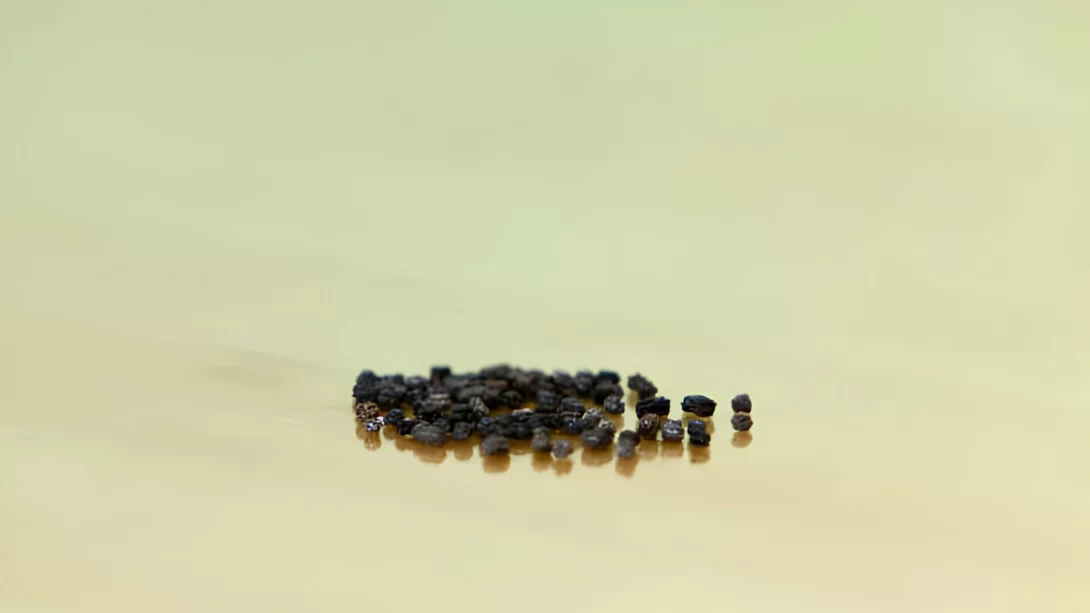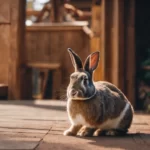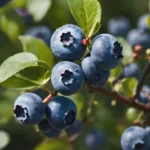Frass, commonly known as insect excrement, is a term often encountered in the fields of entomology and ecology. But frass is more than just insect waste; it includes various materials produced by insects, such as fecal matter, wood shavings from boring, and even plant debris from feeding activities. Differentiating frass from other insect by-products is crucial in ecological studies and pest management. This section will provide a comprehensive definition of frass, outline its types, and discuss its importance in environmental and agricultural contexts.
Types of Frass
Frass varies significantly based on the insect producing it. For instance, caterpillar frass is typically pellet-shaped, beetle frass can be powdery or granular, and termite frass often resembles sawdust or small wood-like pellets. Each type of frass has unique physical characteristics, such as size, shape, and color, which can be key indicators of the insect species present. By closely examining the appearance of frass, it is possible to identify the responsible insect, aiding in both ecological research and pest management. This section will delve into the different types of frass produced by various insects, highlighting how to distinguish them and what they can reveal about the insect’s identity and activity.
Role of Frass in the Ecosystem
Frass plays a significant role in natural ecosystems. It acts as a natural fertilizer, enriching the soil with nutrients and thus contributing to soil health. In the food web, frass serves as a food source for a variety of organisms, including other insects, fungi, and bacteria. The presence and composition of frass can also be an indicator of ecosystem health and biodiversity. Understanding the role of frass in ecological processes is essential for comprehending the complex interactions within habitats. This part of the article will explore the ecological functions of frass, its contribution to soil fertility, and its role in supporting biodiversity.
Frass in Pest Identification and Management
Frass is a valuable tool in identifying and managing pest infestations in both garden and agricultural settings. The presence and characteristics of frass can help gardeners and farmers detect the type of pest infesting their plants, often before the pests themselves are visible. By analyzing the size, shape, and composition of frass, one can infer the pest’s species, feeding habits, and the extent of infestation. This knowledge is crucial for implementing timely and effective pest control strategies. This section will discuss how frass analysis can be used to understand pest behavior and life cycles, and how this information can be applied in practical pest management.
Collecting and Analyzing Frass
Collecting and analyzing frass can provide valuable insights for both researchers and practitioners. For scientists, particularly in entomology and ecology, frass samples are crucial for studying insect behavior, diet, and impact on the environment. For gardeners and farmers, knowing how to collect and interpret frass can be key in diagnosing and managing pest issues. This part of the article will offer guidance on effective frass collection techniques, discuss the basics of frass analysis, and provide practical tips for interpreting frass in various environments, from laboratories to gardens.
Frass in Commercial and Research Applications
Frass has significant applications in commercial pest control and organic farming. Its use as an organic fertilizer is gaining popularity due to its nutrient-rich composition and sustainable nature. In scientific research, frass plays a crucial role in studies related to insect ecology, pest management, and environmental monitoring. This section will delve into the commercial use of frass, its role in organic agriculture, and its importance in scientific research. Additionally, the potential future applications of frass in environmental and agricultural fields will be explored.
Conclusion
In conclusion, frass, often overlooked, plays a pivotal role in our understanding and management of insect populations. Its study offers invaluable insights into the behavior and impact of insects in various ecosystems, making it a critical tool in both ecological research and sustainable agriculture. From identifying pest infestations to contributing to soil health as a natural fertilizer, frass is more than just insect waste; it’s a key component in the intricate web of ecological interactions.
The importance of frass extends beyond academic research. In practical terms, gardeners, farmers, and pest control professionals can use frass analysis as an effective, eco-friendly approach to pest management. Its role in commercial applications, particularly in organic farming, highlights its potential as a sustainable resource that aligns with environmentally conscious practices.
Understanding the broader implications of frass in the natural world emphasizes the interconnectedness of all living organisms and their by-products. As we continue to seek balance in our interactions with the environment, acknowledging and utilizing resources like frass can lead to more sustainable and harmonious living. This exploration of frass not only enlightens us about the lesser-seen aspects of insect life but also encourages us to appreciate the complex and often unseen contributions of these small creatures to our world.



